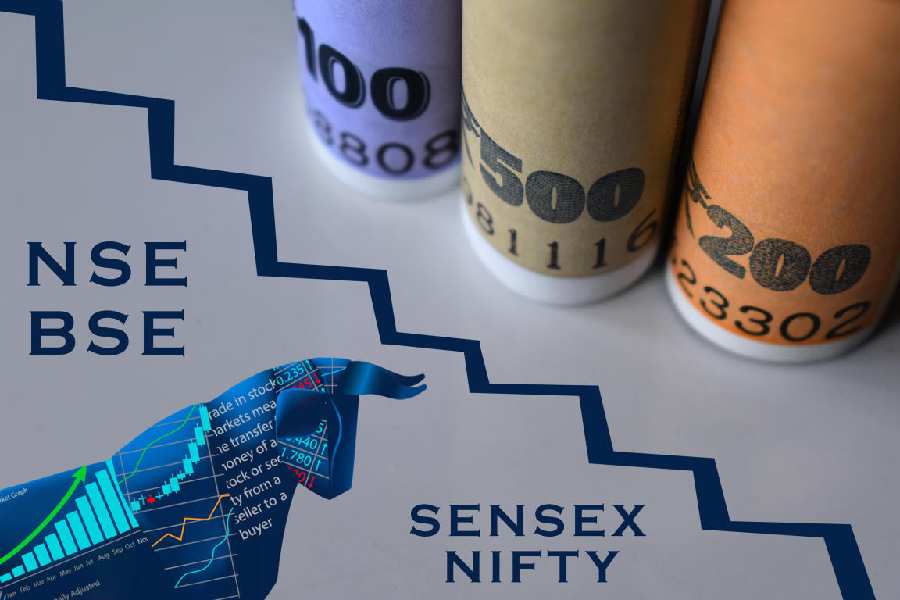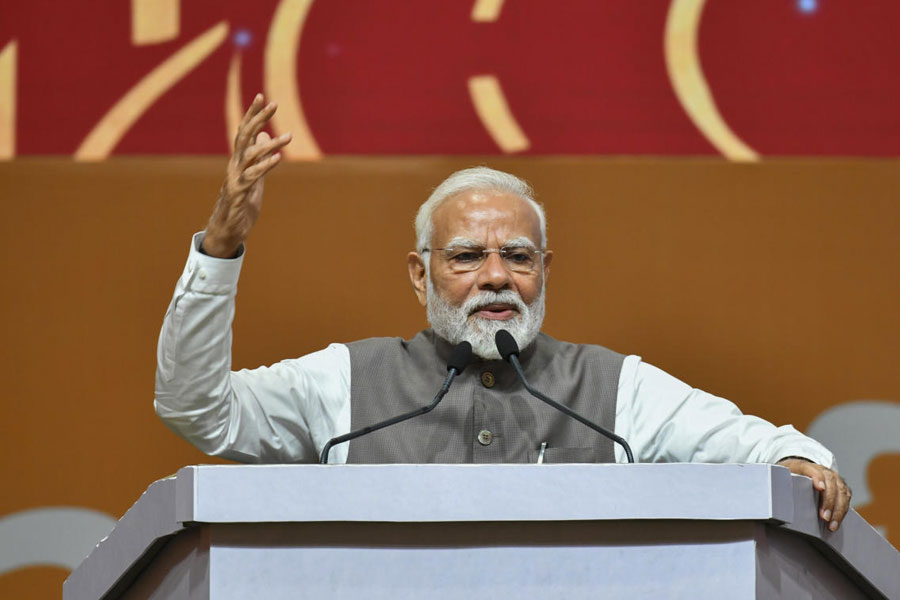Electrocardiogram or ECG, a key tool for primary detection of heart attacks and other cardiac disorders, is often misinterpreted by doctors because of lack of training, experts have said.
Less than 20 per cent of the doctors in and around Calcutta who are not cardiologists are properly trained in interpreting the findings of the cardiograph machine. The lack of training often leads to wrong diagnosis of patients suffering from chest pain or dizziness.
“A graph pattern may resemble a heart attack but a closer reading may reveal that it’s actually not a heart attack. A trained person can understand it immediately. Extensive training programme is required for doctors to understand such details,” said city-based cardiologist Rabin Chakraborty, the editor of the journal published by the Indian Society of Electrocardiology.
The problem robs many patients in need of immediate critical care of crucial time and in some cases causes a false alarm.
Sanjay Laliwal, 47, a businessman from Nashik, had arrived in Calcutta on Sunday morning for work and suffered severe chest pain.
He was rushed to a private hospital off the Bypass where an ECG was conducted. “The doctor in the emergency ward said the graph indicated a heart attack. But a cardiologist analysed the report and ruled out any cardiac disorder,” said a source in the hospital.
In Bengal, where there are only a few superspeciality hospitals with sophisticated investigation facilities, most health care units use ECG as the primary step to know whether a person has a blocked coronary artery or irregular heart beats.
“The ECG is an important first-line investigation for heart diseases but it is useless unless someone knows how to interpret the graphs,” said Brian Olshansky, a US-based clinical cardiac electrophysiologist and professor emeritus of medicine, University of Iowa Hospitals and Clinics.
He is part of a six-member team of American College of Cardiology that has come to India to train doctors in interpreting electrocardiograms.










